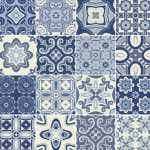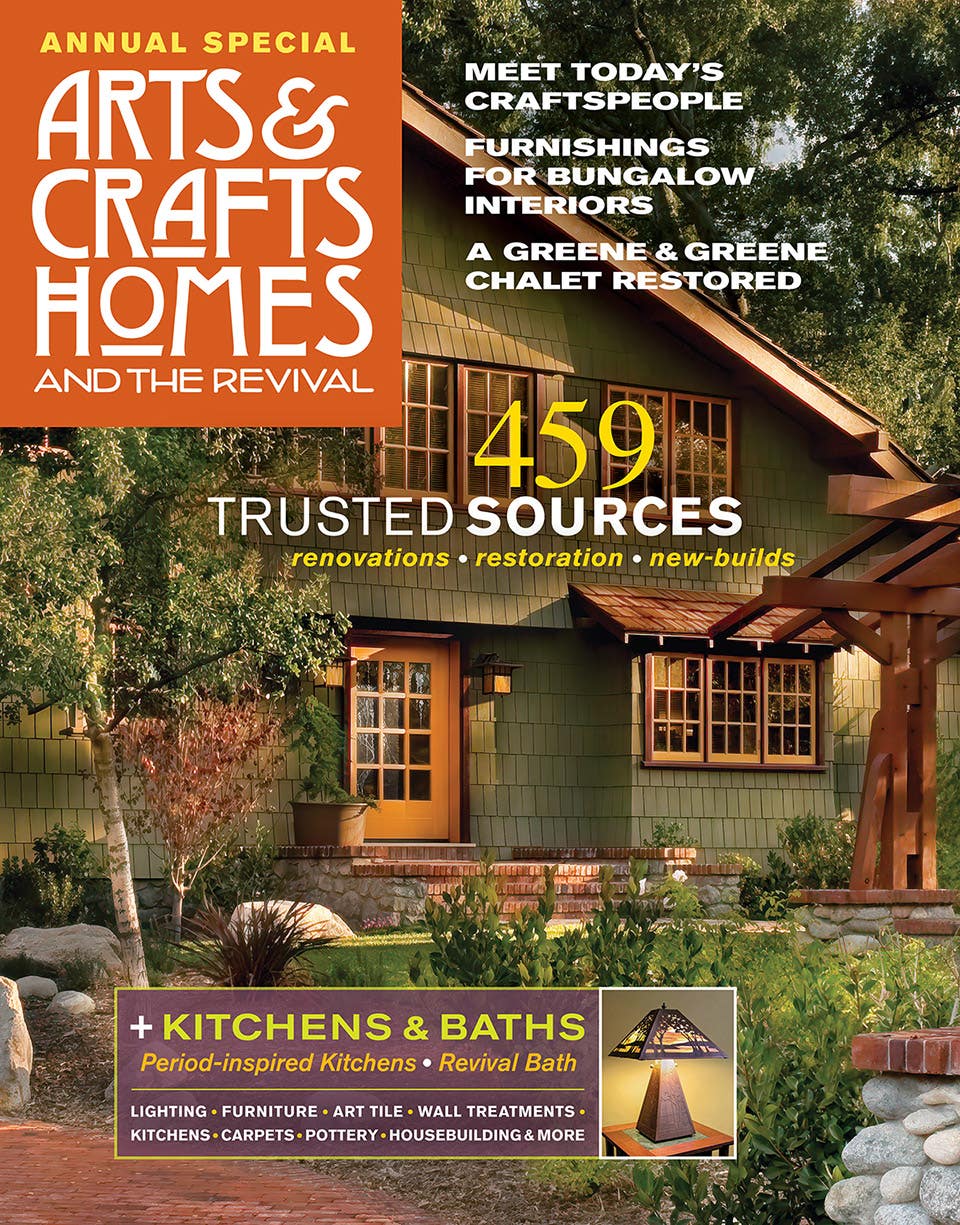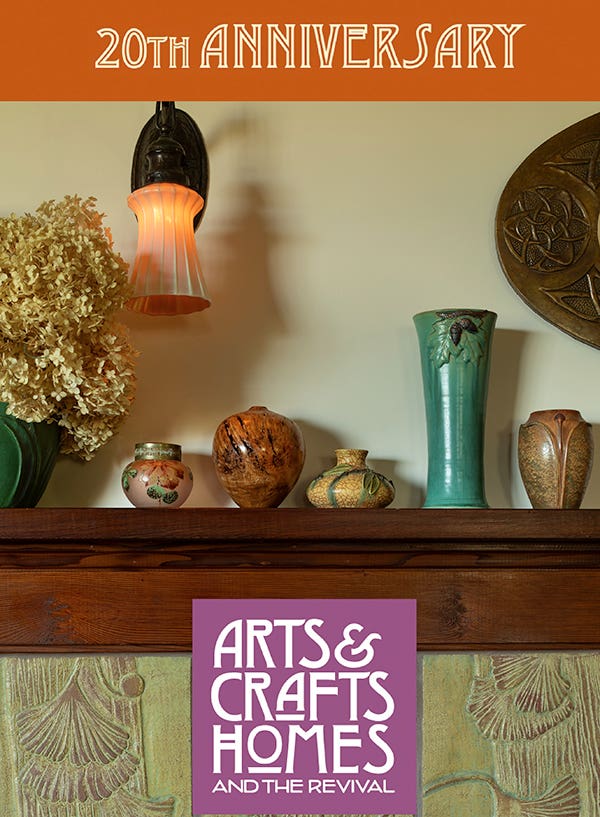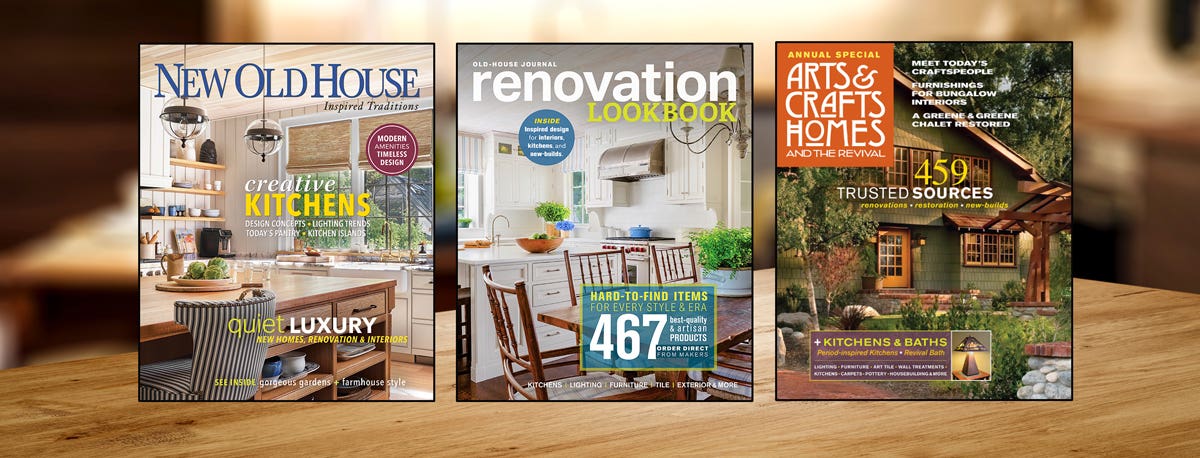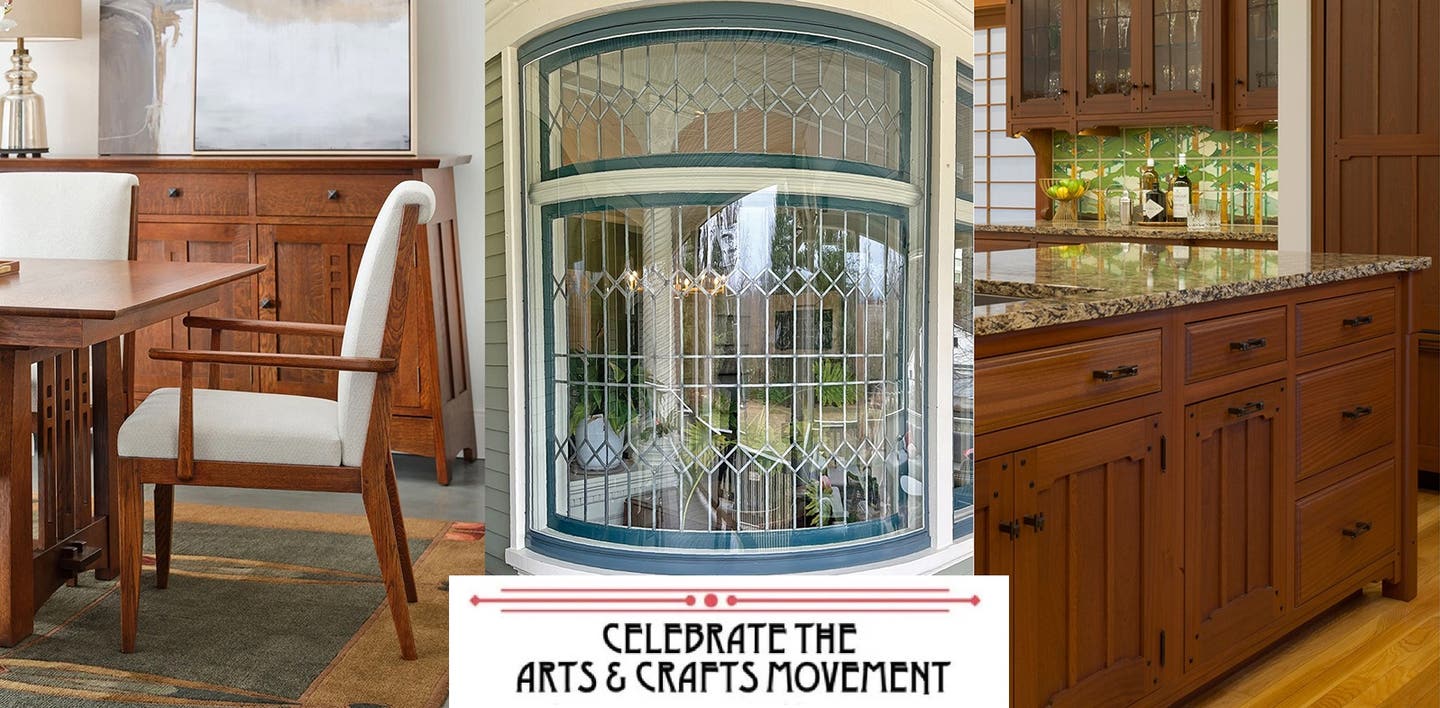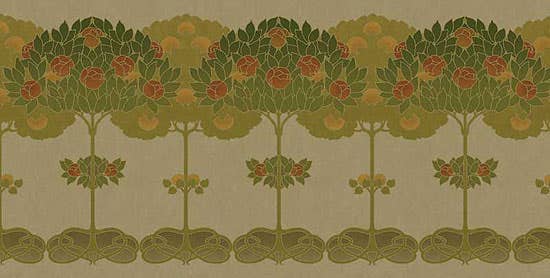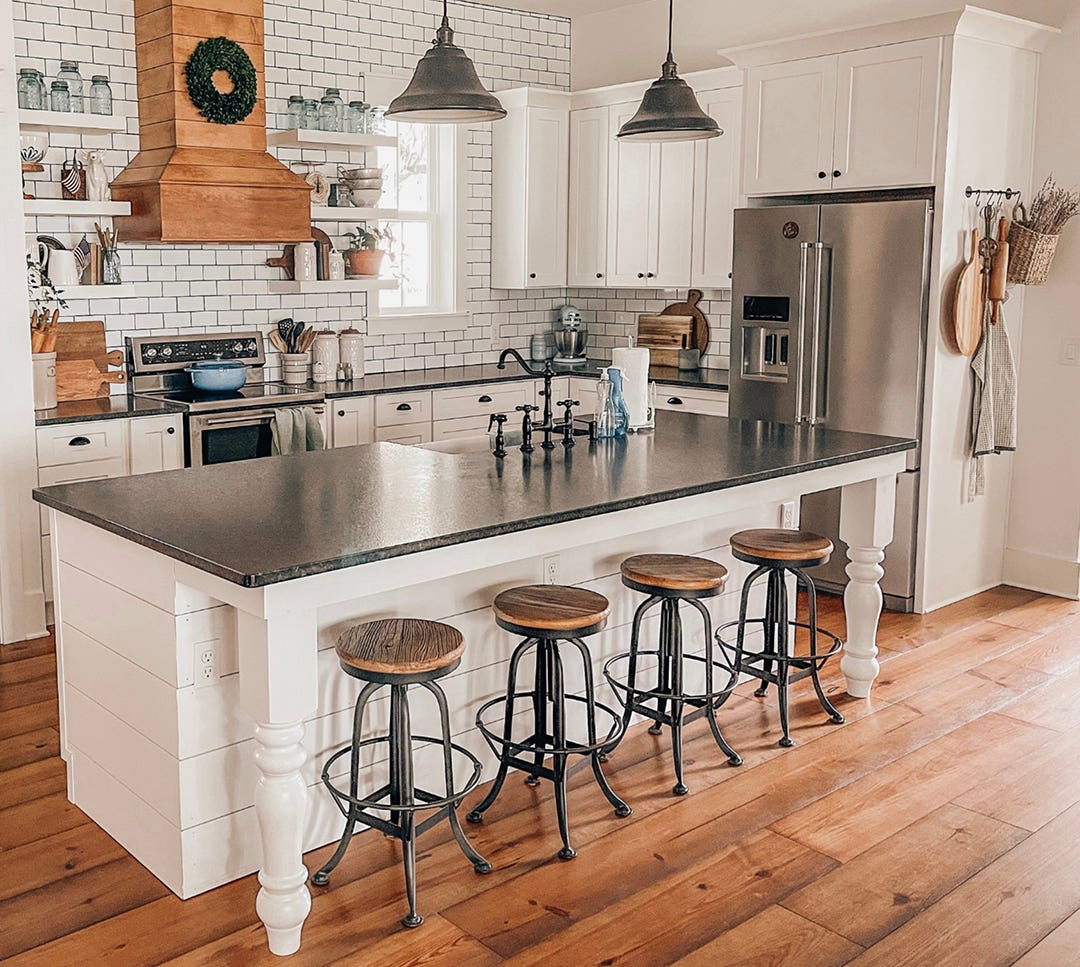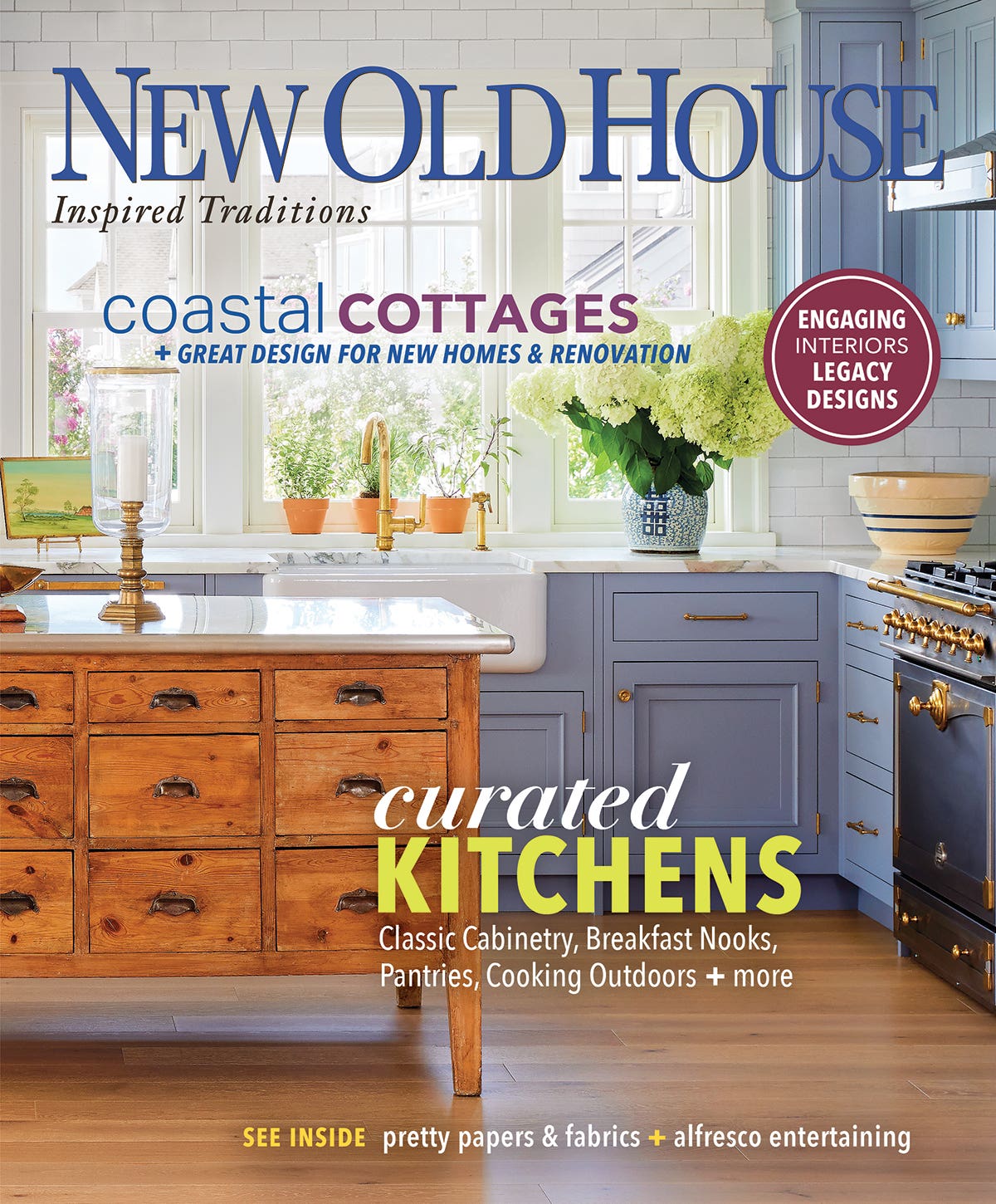To infinity. . . and the bungalow!
I’m trying to remember which house style was symbolic of health and happiness, back when I was growing up. I think it was the Dutch Colonial. No matter whether the house was ancient, post-Victorian, or newly minted, nothing said “American family home” like a gambrel roof.
A Note from the Editor:
I’m trying to remember which house style was symbolic of health and happiness, back when I was growing up. I think it was the Dutch Colonial. No matter whether the house was ancient, post-Victorian, or newly minted, nothing said “American family home” like a gambrel roof.
I’m remembering the movies, too. Art Deco meant glamour and sex; if the scene was a Colonial Revival living room with ruffled slipcovers, a marriage proposal was in the air. People got stabbed in Victorian houses. Really cool young families lived in ranches.
Back in those days, some of my relatives would “take a bungalow” at the Jersey Shore in August. They certainly didn’t have Stickley in mind; a bungalow was a small, unheated house. (The word was fitting enough. The first Anglo bungalows, exotic imports from the far reaches of the Empire—India—were built in English beach resorts.)
Subscribe to Arts & Crafts Homes, or pick up an issue at your favorite bookstore or newsstand. Order back issues through the Old-House Bookstore or call (800) 850-7279.
Then came the Arts & Crafts Revival. So-named bungalows of the period were snatched up to be restored and decorated with Craftsman sensibility. The work of Greene & Greene in Pasadena was rediscovered and copied nationwide. No question that the symbol of hearth and home today is The Bungalow, now with a capital B. For the past decade, television dramas and sitcoms have taken place amidst oak wainscots and mica lamps. But it’s the latest Toy Story movie that sealed the deal.
Rent it, if you haven’t seen it, and if you overlooked the details of Bonnie’s house at the movie’s end, look again. (You might have missed it if you were snuffling and wiping your eyes, as I was. What a great movie about childhood!) The house is all porch and rafter tails, bungalow piers and flowerpots, even house-number tiles in an Arts & Crafts font. Freshly mown grass and a picket fence . . . with animation, you can make life perfect.
Patricia Poore,Editor
ppoore@homebuyerpubs.com
10 Harbor Rd., Gloucester, MA 01930
Patricia Poore is Editor-in-chief of Old House Journal and Arts & Crafts Homes, as well as editorial director at Active Interest Media’s Home Group, overseeing New Old House, Traditional Building, and special-interest publications.
Poore joined Old House Journal when it was a Brooklyn-brownstoner newsletter in the late 1970s. She became owner and publisher and, except for the years 2002–2013, has been its editor. Poore founded the magazines Old-House Interiors (1995–2013) and Early Homes (2004–2017); their content is now available online and folded into Old-House Journal’s wider coverage. Poore also created GARBAGE magazine (1989–1994), the first unaffiliated environmental consumer magazine.
Poore has participated, hands-on, in several restorations, including her own homes: a 1911 brownstone in Park Slope, Brooklyn, and a 1904 Tudor–Shingle Style house in Gloucester, Massachusetts, where she brought up her boys and their wonderful dogs.
